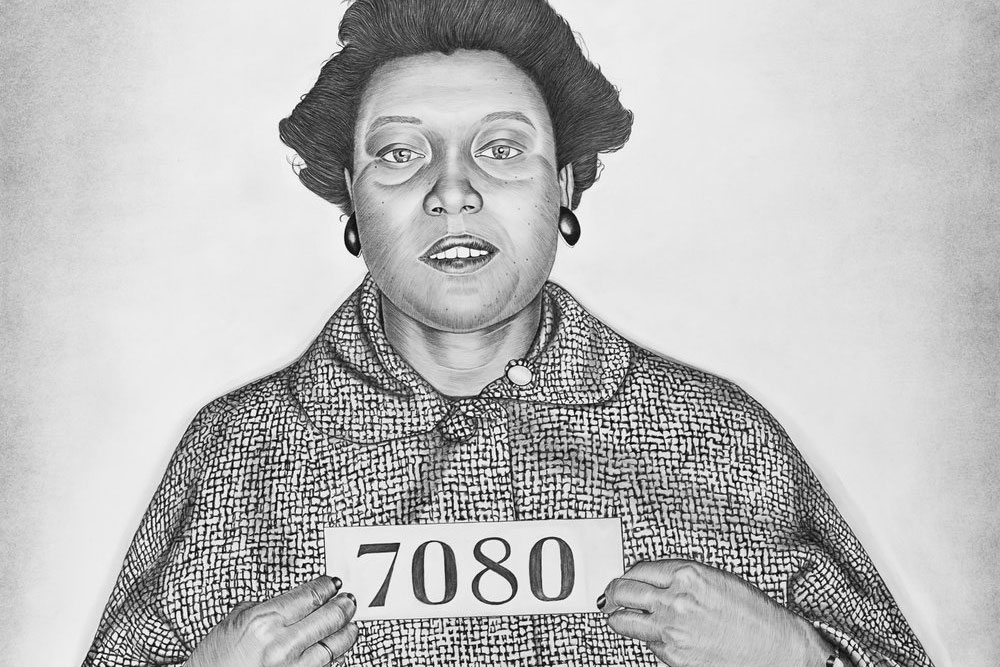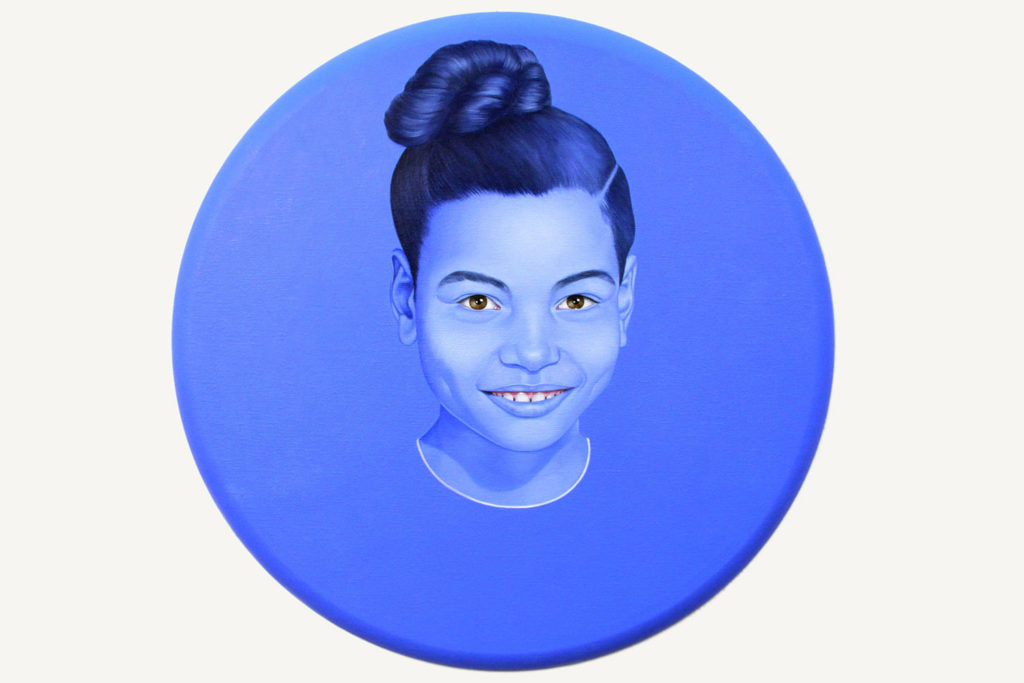Wed July 9th Open 11 AM–5 PM
Ashara Ekundayo in Conversation with Lava Thomas, Part 3
Spirituality and the “Artist As First Responder”
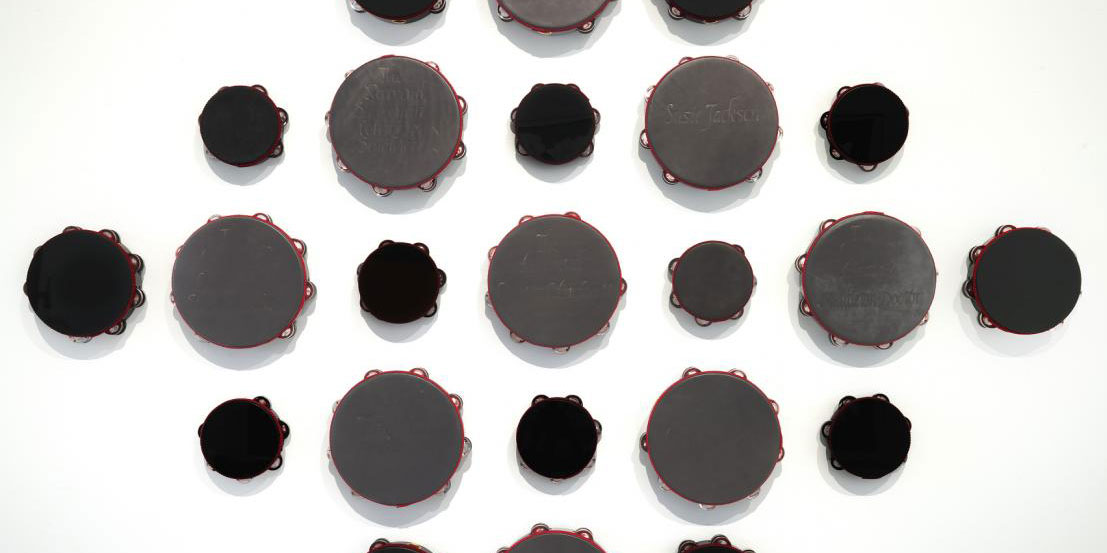
This article is part of the ongoing Come to Your Census: Who Counts in America? experience. This collaboration with Art+Action is part of their COME TO YOUR CENSUS campaign—powered by San Francisco’s Office of Civic Engagement and Immigrant Affairs (OCEIA)—which hopes to mobilize the public to take the 2020 U.S. Census. We want everyone to be counted and receive their fair share of funding and political representation for their community.
If you have not already done so, we highly encourage you to take the 2020 US Census.
Ashara Ekundayo is an independent curator and cultural organizer in Oakland, California. She is a member of the Art+Action Curatorial Committee focused on developing the YBCA art & civic experience Come to Your Census: Who Counts in America?—comprised of Martin Strickland, YBCA’s Associate Director of Public Life; Sarah Cathers, YBCA’s Director of Public Life; Amy Kisch, Art+Action Founder + Artistic Director of Social Impact; Brittany Ficken, Art+Action Executive Producer + Project Director; and Candace Huey of re.riddle—to initiate conversations about the Census and visibility. Specifically, Ekundayo’s work and social practice centers the lives, creative labor, and archives of Black Womxn and Femmes through exhibition and public cathartic ceremony.
This is the third in a three part series of conversations with Lava Thomas—whose artwork is also featured in Art+Action’s city-wide outdoor campaign, as well as in the coalition’s free open-sourced digital toolkit—and serves as a precursor to a two-part panel discussion called See Black Women, moderated by Ashara and in conversation with eight Bay Area Black Womxn artists and curators to talk about visibility, grief, pleasure, and our present paradigm shift in culture and practice. Join us for a two-part conversation that will take place on Tuesday, May 19 and Tuesday, May 26 from 4-5:15pm PST. Participants include Asya Abdrahman, Sydney Cain, Erica Deeman, Angela Hennessy, Tahirah Rashed, Lava Thomas, Sam Vernon, and Lukaza Branfman-Verissimo. Please enjoy Part 1 and Part 2 of this interview series.
Ashara Ekundayo: The archive is tied to your artwork, whether it be your sculptures or portraits. I think about your work with tambourines and the pulling of musical culture, spirituality, religious practices, as well as writing folks’ names into history, to create artifacts for us to unearth and excavate at a later date. That’s an important thing to be focused on in this time, where so many people are being put into mass graves.
Lava Thomas: I think of it as a calling. I come from a very religious family. I’m a spiritual person but not a religious person today, but I think about this idea of your life’s work not so much as one of your choosing but being called to do it. It’s more a calling than a choice or this chose me rather than me choosing it.
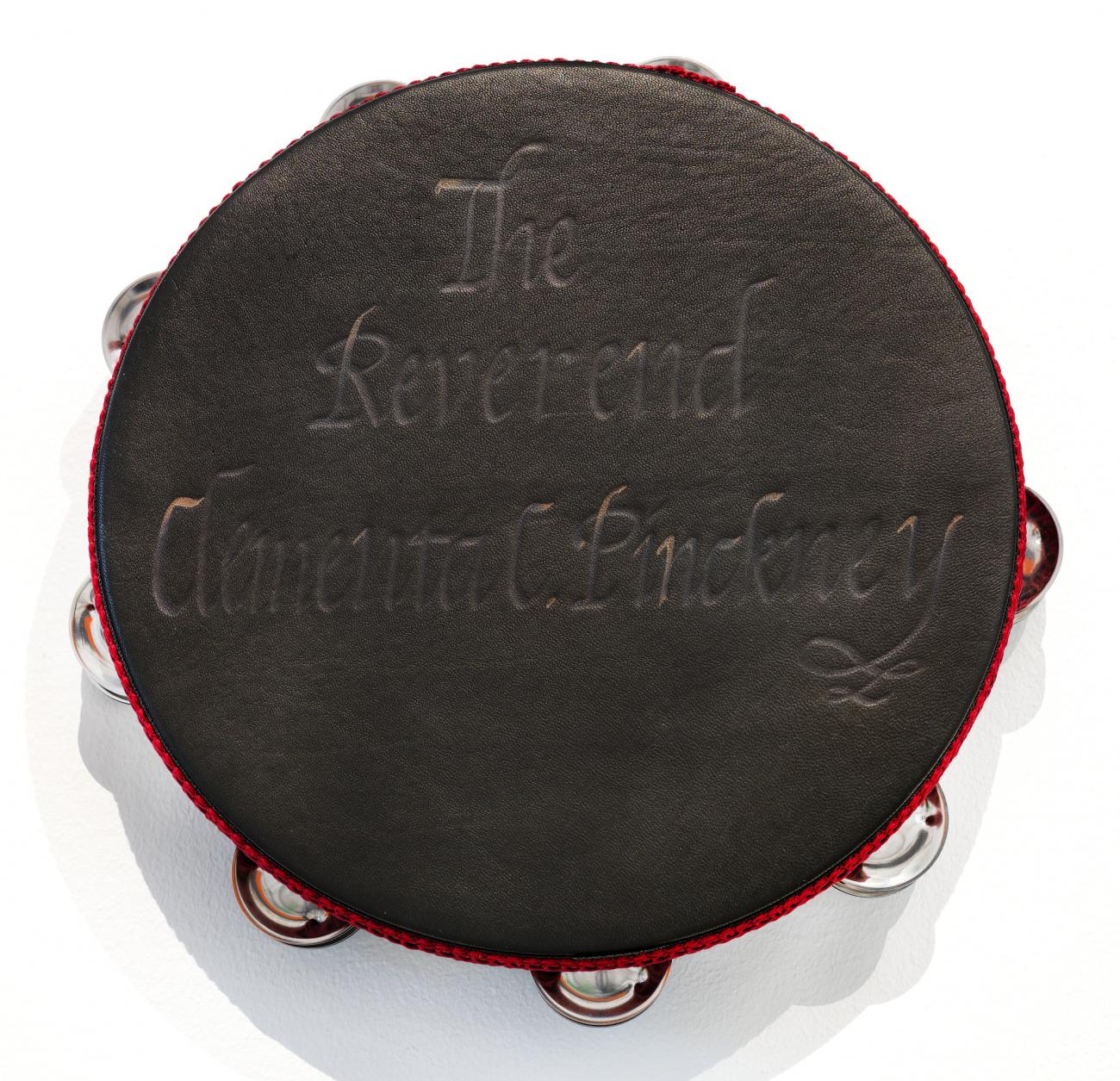
AE: Well, in terms of how we think about a calling, does your spiritual practice call to you through your work? Is there a difference between your personal spiritual practice versus the practices or the culture of the people whose stories you are telling.
LT: Sometimes it’s difficult to separate the two because my upbringing is very much seeped in the Black church, the Black Baptist church and the Black Pentecostal church, in a major way. My grandmother and my great grandmother were musicians, choir directors, organists, and pianists so that history of music is one of the reasons why I use the tambourine in my work. It’s very much a part of both the secular and the religious culture I came out of. Now as I said, I am not a religious person today. As Octavia Butler would describe herself, I’m an ex-baptist.
AE: Ex-Baptist she may have been, but a prophet for sure she was because she told us all of this was going to go down and here we are. Her reminder that “All You Touch, You Change,” has never rung so true in our lifetime.
LT: And, and she told us through the character of Lauren Olamina in Parable of the Sower the importance of being prepared.
AE: That’s right.
LT: We see now this country wasn’t valuing the importance of being prepared. Our government had many, many chances to prepare itself, but those were lost opportunities. That’s the reason why today so many communities are being devastated by COVID-19. This is why we don’t have adequate testing or adequate PPE. It’s ridiculous. We all knew back in January that COVID was a pandemic but this country chose to ignore it.
In terms of spirituality, the way that I work is a combination of research, both informed by current events and history, Black feminism, and then there’s the intuitive part—my own background, my own lived experiences, experiential knowledge. It’s really hard to tease out what’s based on this or that. The way that I work is an organic process and always begins with a lot of reading and journaling. Work will often visit me in my dreams.
It’s just a combination of a lot of different methodologies that bring the work forward, thinking about spirituality and grief and thinking about some of the ways that I touch upon that in my work. One project in particular, Requiem for Charleston, honors the men and women who were murdered by white supremacists at Mother Emanuel Church in Charleston, South Carolina. When that happened, when I learned about it via the press and social media, it felt so personal. I could see my own relatives in Bible study and thinking of something like that happening to them, I can’t even describe it. Catastrophe isn’t the word.
So when I created the piece it came from a place of very deep grief even though I didn’t personally know the victims or their families. The piece ended up being acquired and donated to the Smithsonian American Art Museum, a place where we could express our national grief. I was in touch with one of the family members of several of the victims who reached out after discovering that the piece went to the Smithsonian. Two years ago we ended up meeting there and having a private viewing of the work, and she and I are now life long friends. The work always has a life beyond what I could even imagine for it. I think one of the most gratifying aspects of being a visual artist is that my work always finds a home and the audience for whom it’s intended. It was a full circle experience to realize that my work played some part in her healing process as she expressed it, and that it also provides a reminder of what happened on a national level, because millions of people visit the Smithsonian. You’re here looking at artwork that’s moving and all these things, but then you come to Requiem and you just have to pause for a minute.
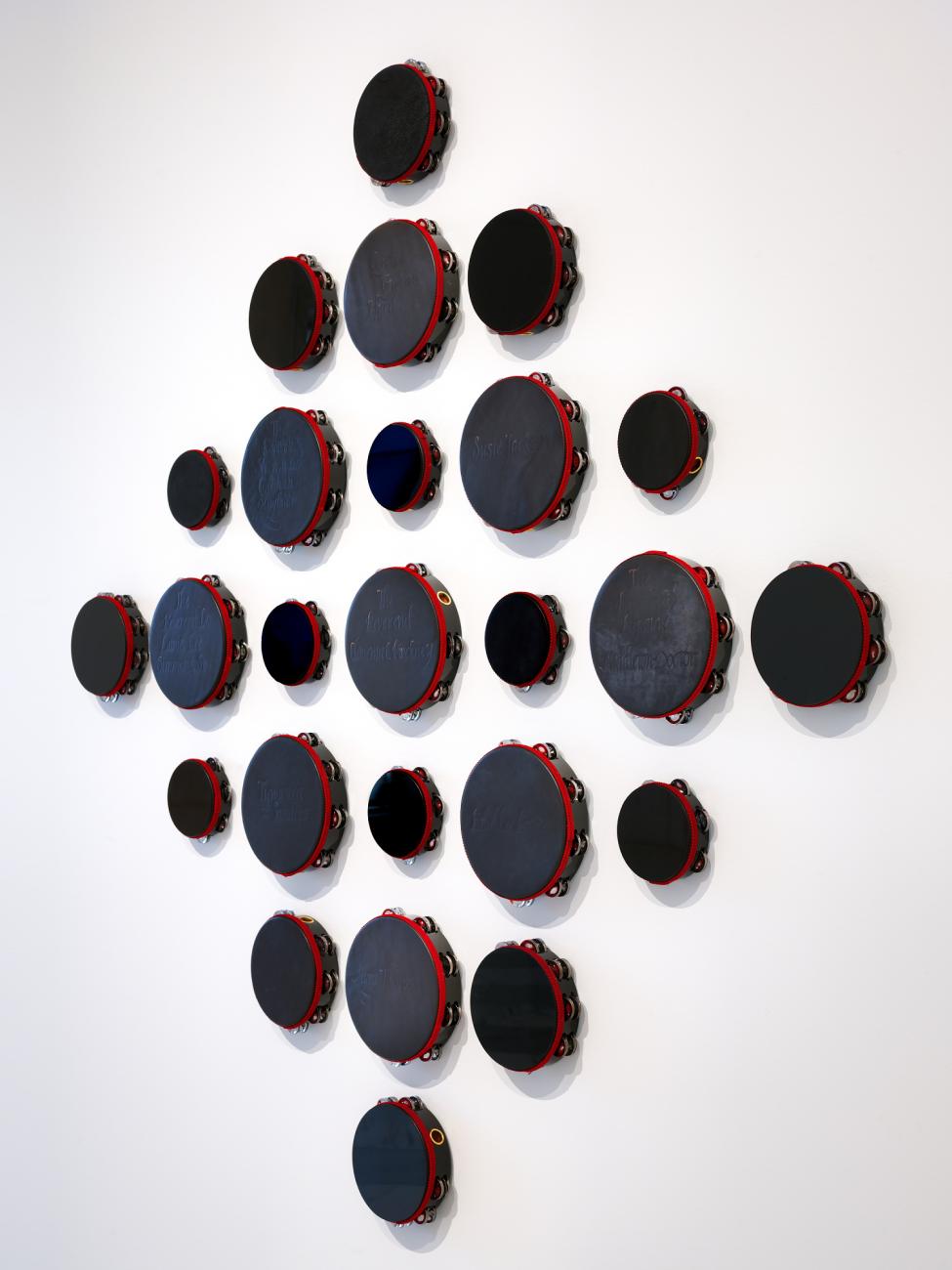
AE: You have to get up on it. I saw the piece, and you have to get up on it to really be able read the names—
LT: To see it. Exactly. It’s not something that reveals itself from distance. You have to look at it closely in order to read the names.
AE: You have to place yourself inside your body. Artists and those who frequent galleries and museums, know it’s an embodied experience for the person who is viewing the work as well as for the person who created it. That piece in particular, I remember needing to place my body in very close proximity to really understand it, for my spirit to manifest my own definition of what was happening. You’ve said something I think is very important–there are no national depositories, or opportunities and spaces for us to grieve. How do we create these collective spaces and ceremonies for us to be inside of our feelings and to feel all of it, the range of things and how we move through that as creative beings? How does that show up for those of us who are responding to the times, the times that are about deliciousness and joy and as well as the times of sadness and misunderstanding and fear as you spoke to?
I have a designation called Artist as First Responder and I’ve been talking with artists across genres about how those words resonate as we think about “first responders” and the people who get called to respond, or who are the people who do respond whether or not we are called by some other outside source? Do the words resonate for you? We often think about first responders as people who are dying right now, they are on the front line, but cultural producers and artists and art organizers are also on the front line. Where would we be right now without the musicians, the poets, those who are inviting us to dance?
“The work always has a life beyond what I could even imagine for it. I think one of the most gratifying aspects of being a visual artist is that my work always finds a home and the audience for whom it’s intended.”
LT: I’m thinking about artists as often being the first ones to take really deep and hard looks at what is happening globally and in this country. They are among the first to be vocal about it in their visual practice or as activists. We illuminate the injustices in the world and we create spaces to really ponder about it. That’s one way that I think of artists as first responders. Especially during this time, in the era of pandemic, we are the first to provide content so that folks are not going insane. You go on Instagram and Instagram Live and you have artist talks, you have DJ parties, you have dance parties. We’re creating culture so that we can cope with what is happening outside of our doors with the shelter in place, so we can cope with the news of hundreds of thousands of people dying globally, so we can cope with the potential of ourselves becoming ill. It’s a way that keeps us from mentally, spiritually, psychologically succumbing to the doomsday news we are also consuming on our computer screens and the news and in the press. We’re responding with joy, we’re responding with culture, we’re responding with content, and we’re also responding in a very deep way.
I think of artists as being the ones who are social processors of whatever is happening in our society. A friend of mine told me this recently and I hadn’t really considered it until now. She said she relies on artists to give something the time, to give something meaning. That’s a huge responsibility. It’s our job to give this meaning beyond what we’re reading in the press, beyond what we’re individually feeling. On the flip side of that, even though we are creating content, artists, cultural producers in this economic environment are some of the first to suffer as well.
AE: This is our truth Lava, we are. Artists giving this moment meaning is important and I’m going to take that with me today. I appreciate that offering and I appreciate your time and your practice.
Ashara Ekundayo is an Independent Curator and Cultural Strategist. Her current multi-media platform #ArtistAsFirstResponder excavates, documents and archives the stories of artists whose creative practices save lives and heal communities. Learn more at www.Ashara.io or follow her on IG @blublakwomyn
Lead image: Lava Thomas, Requiem for Charleston, 2016, tambourines, pyrographic calligraphy on lambskin, acrylic discs and braided trim, Smithsonian American Art Museum, Gift of Nion McEvoy

